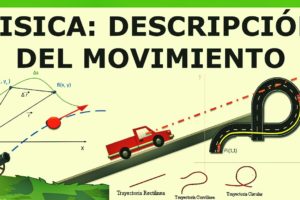Description
With this free course of 200 video lessons you will learn about the most important concepts of Electromagnetism of Physics
Electromagnetism is the branch of physics that studies and unifies electrical and magnetic phenomena into a single theory. Electromagnetism describes the interaction of charged particles with electric and magnetic fields. Electromagnetic interaction is one of the four fundamental forces of the known universe. Charged particles interact electromagnetically by exchanging photons.
Electromagnetism encompasses various real-world phenomena such as light. Light is an oscillating electromagnetic field that radiates from accelerated charged particles. Apart from gravity, most forces in everyday experience are a consequence of electromagnetism.
The principles of electromagnetism find applications in various related disciplines, such as microwaves, antennas, electrical machines, satellite communications, bioelectromagnetism, plasmas, nuclear research, fiber optics, electromagnetic interference and compatibility, electromechanical energy conversion, radar meteorology, and remote observation. Electromagnetic devices include transformers, relays, radio/TV, telephones, electric motors, transmission lines, waveguides, and lasers.
The foundations of electromagnetic theory were presented by Michael Faraday and first formulated in full by James Clerk Maxwell in 1865. The formulation consists of four vector differential equations that relate the electric field, the magnetic field and their respective material sources (electric current, electric polarization and magnetic polarization), known as Maxwell's equations, which has been considered the "second great unification of physics", the first being made by Isaac Newton.
Electromagnetic theory can be divided into electrostatics—the study of the interactions between charges at rest—and electrodynamics—the study of the interactions between moving charges and radiation. The classical theory of electromagnetism is based on the Lorentz force and Maxwell's equations.
Electromagnetism is a field theory; That is, the explanations and predictions it provides are based on vector or tensor physical quantities dependent on position in space and time. Electromagnetism describes macroscopic physical phenomena in which electric charges intervene at rest and in motion, using electric and magnetic fields and their effects on solid, liquid and gaseous substances. Because it is a macroscopic theory, that is, applicable to a very large number of particles and at large distances from their dimensions, electromagnetism does not describe atomic and molecular phenomena. Quantum electrodynamics provides the quantum description of this interaction, which can be unified with the weak nuclear interaction according to the electroweak model.






Reviews
There are no reviews yet.